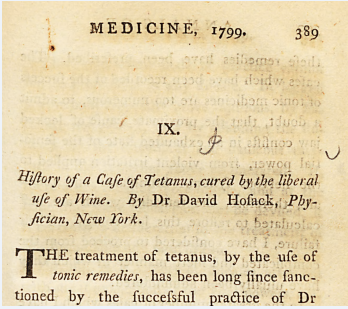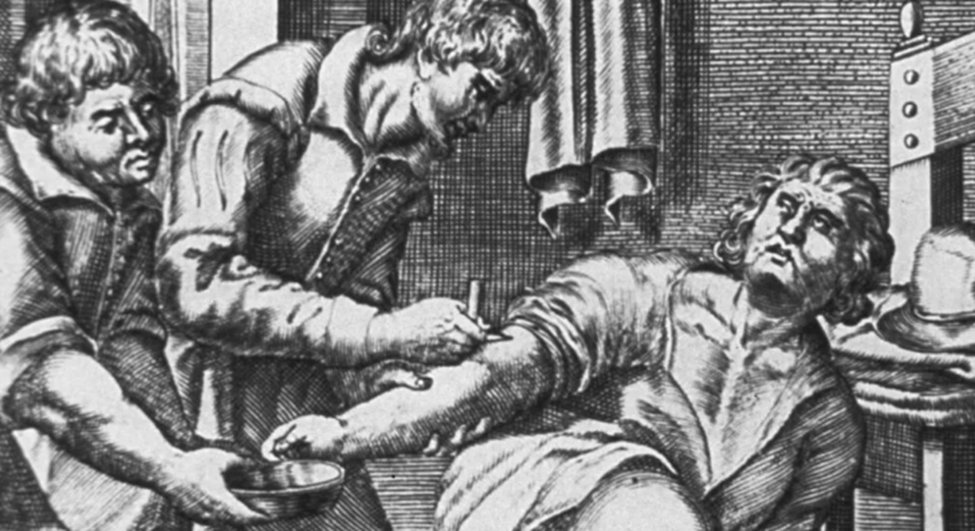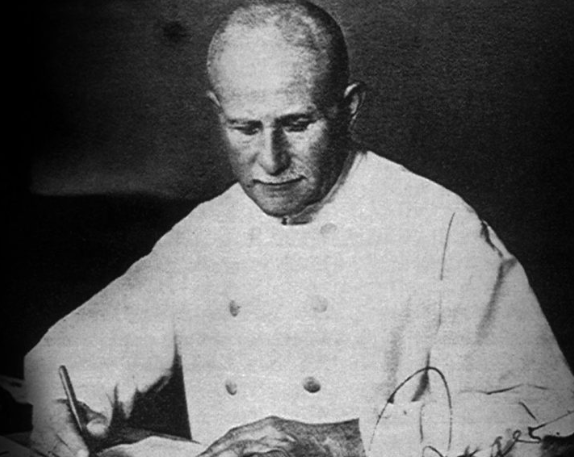
James Lind conducted the 1st randomized medical trial in 1747 when he gave sailors different remedies for scurvy.
In 1863, Austin Flint gave patients with rheumatism a "placebo," and it worked as well as medicines - possibly the first placebo-controlled trial. #histmed 1/7
In 1863, Austin Flint gave patients with rheumatism a "placebo," and it worked as well as medicines - possibly the first placebo-controlled trial. #histmed 1/7

"Placebo" was already a well-known term and concept. Initially defined as a common medication (seen here in a dictionary from 1785), it came to mean an inert substance that had no effect on a disease, but pleased the patient. 2/7 

The history of medicine is full of placebos: commonly, impure placebos, meaning they did something (made you poop or vomit, got you drunk or sedated, or tasted spicy or bitter), but didn't do the thing they were supposed to do (fix your cold, or your cancer, or your tetany). 1/7 

People knew that many treatments weren't helpful.
In 1364, Petrarch proposed an experiment to Bocaccio, assigning half of "1000 men, of the same age and character and [eating] the same diet, affected by the same disease" to either take medicine or not - and see what happens. 2/7
In 1364, Petrarch proposed an experiment to Bocaccio, assigning half of "1000 men, of the same age and character and [eating] the same diet, affected by the same disease" to either take medicine or not - and see what happens. 2/7

Placebos make people feel better because of two things: 1) a phenomenon called regression towards the mean. You take a medicine when you are sickest, and then you either die or get better; and 2) complex brain stuff (I’ll let #NeuroTwitter explain that one) 4/7 

The "placebo effect" can be astonishing. When researchers were studying cannabidiol for seizures in 2017, 1 out of 4 parents giving their child placebo - inert oil - reported a 50% reduction in seizures during the study. 5/7 

The parents in the CBD study weren't lying, and they weren't fools who were tricked by the placebo. This is just what our brains do - especially when there is strong hope for a better treatment. 6/7 

It wasn't until the 1940s that two big clinical trials - one, testing streptomycin for tuberculosis, and the other testing immunization against pertussis - changed the way we design and perform clinical trials.
More on Bradford-Hill and clinical trial design tomorrow! 7/7
More on Bradford-Hill and clinical trial design tomorrow! 7/7

• • •
Missing some Tweet in this thread? You can try to
force a refresh











